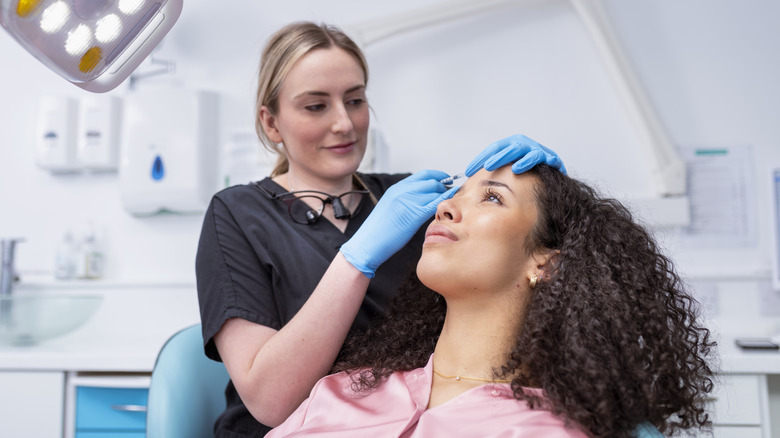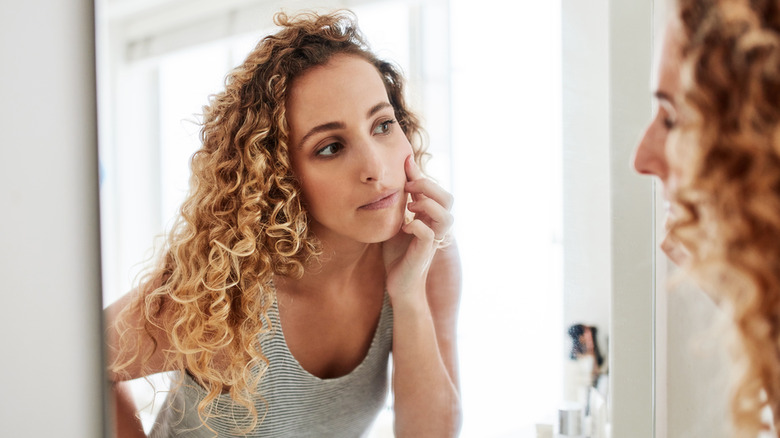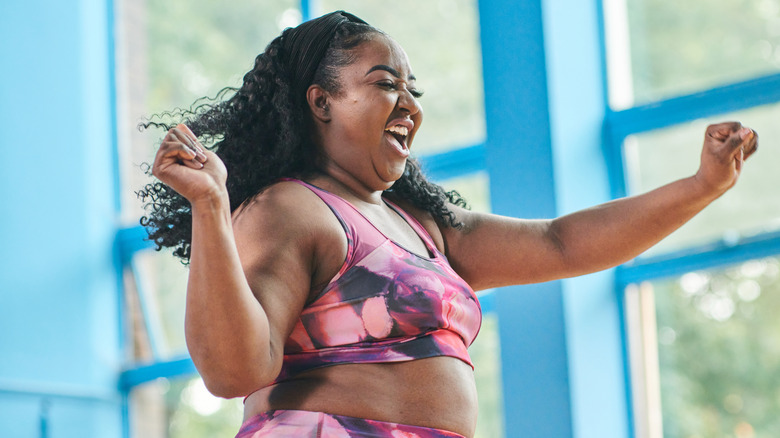Can You Lay Down After Getting Botox?
With a whopping 9.5 million procedures performed in 2023, according to a report by the American Society of Plastic Surgeons, Botox has become the most common non-invasive cosmetic procedure in the United States. Because Botox is so accessible for those who are interested in kicking their wrinkles to the curb, it's only natural that myths have started to swirl around it.
One of those myths that's been making its way through social media is that laying down after getting Botox will result in the neurotoxin moving to places in the body where you don't want it to go. But is there any truth to that? "While the risk is very minimal, I do recommend staying upright for at least four hours after your injections," Dr. Hannah Kopelman, Dermatologist and Chief Medical Officer of DermOnDemand exclusively tells Women. "This precaution is a simple way to ensure that the product stays in the targeted muscles and doesn't migrate, particularly in areas like the forehead or near the eyes." In other words, if you accidentally fall asleep after getting Botox, you won't wake up with a face like a Picasso painting because the neurotoxins aren't likely to go as rogue as social media may have you believe.
But as beneficial as Botox can be for many people, it's not free of downsides. Like any cosmetic procedure, there are things to consider before getting Botox.
How likely is Botox migration?
If you want to get to the heart of the rumors surrounding why you shouldn't lay down after getting Botox, it's easy to do. According to a 2019 study published in Advances in Dermatology and Allergology, Botox injections in the glabellar complex, aka the 11s, have resulted in blepharoptosis (droopy upper eyelid) in 1-5% of treatments — which, mathematically speaking, is a nominal amount.
But, like anything, you only need one or two bad experiences to get the rumor mill turning. Then, like clockwork, some people — especially those who are already skeptical about such procedures — go into panic mode, creating myths that need to be debunked. "It's important to know that Botox is designed to work locally," says Dr. Hannah Kopelman. "When administered by an experienced professional, the likelihood of it spreading to other parts of the body or causing illness is extremely rare." As in 1-5% kind of rare. However, the 2019 study also found that this particular side effect, should it happen, is temporary and more likely to occur in those who already have pre-existing eyelid issues. So, if your eyelid functioning is on the weak side, you're taking a risk by getting Botox.
What you should avoid after getting Botox
While taking a nap after Botox isn't likely to be the life-ruiner that social media suggests it'll be, there are still activities that you should avoid doing in the first 24 hours after your treatment to make sure you reap all the benefits. According to Dr. Hannah Kopelman, the biggest thing to avoid is any strenuous exercise. When we exercise, our blood gets flowing and it could affect how the Botox settles into its injection sites. If you're someone who needs to work out every day, then hit the gym before your appointment.
"I also advise against rubbing or massaging the treated areas, as this can shift the product and lead to uneven results," says Dr. Kopelman. "Similarly, avoiding excessive heat exposure, such as saunas or steam rooms, helps prevent unnecessary swelling or bruising." Although minimal bruising is common for those who receive Botox, per a 2013 study published in the Journal of Clinical and Aesthetic Dermatology, if you can avoid bruising then the faster you can enjoy your Botox appearance. "If you plan to sleep soon after your treatment, try to avoid lying directly on your face to minimize pressure on the injection sites," suggests Dr. Kopelman, adding that these precautions are more about getting the best possible results from the Botox and less about causing migration.


